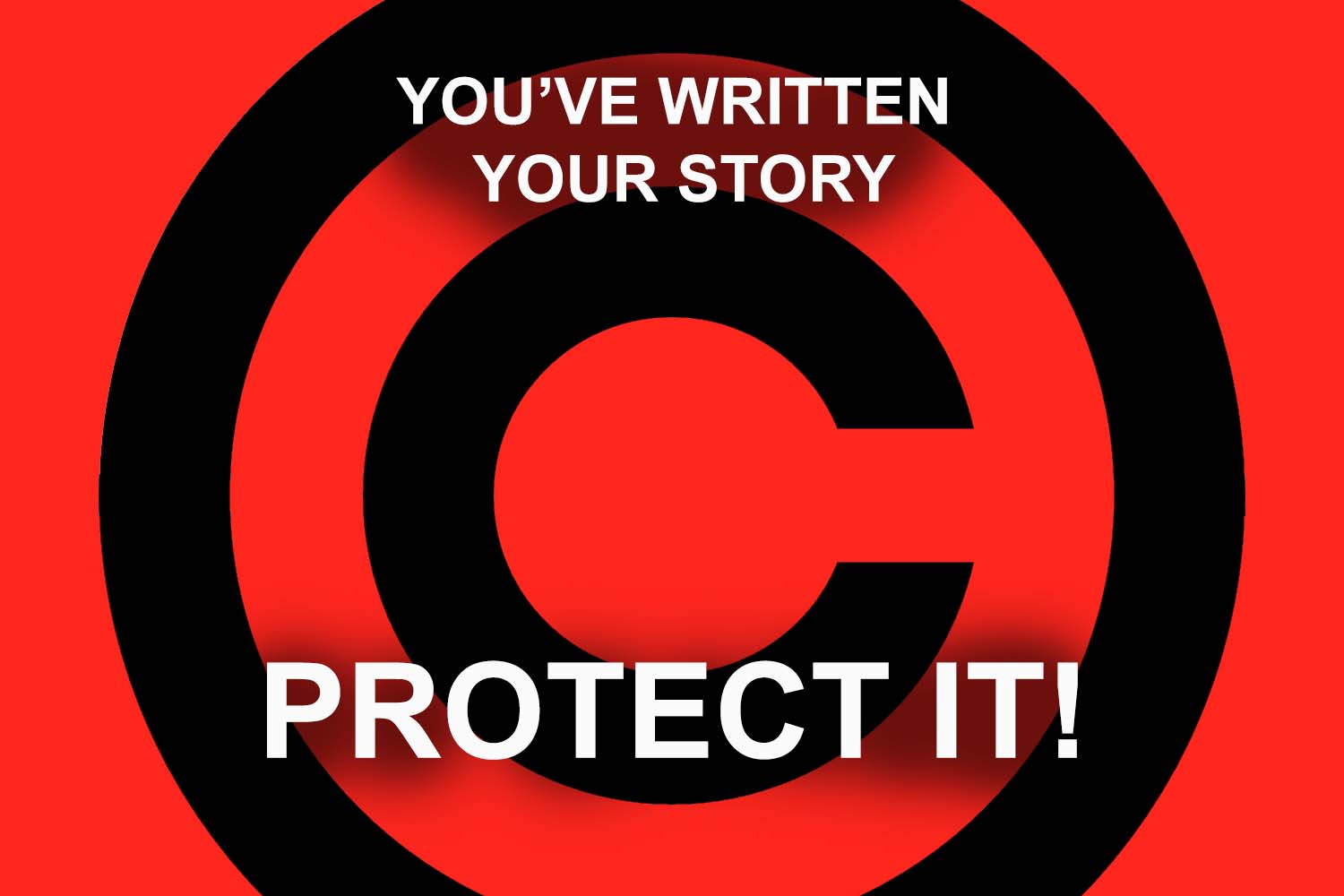You’ve written a story, but how do you protect it? It’s easy to understand that you need to copyright your work, but what if someone steals your idea? What if they try to publish the same book under their name?
How do you protect yourself from that happening? In this article, we’ll go over tips that will help you protect yourself from plagiarism and ensure no one steals your ideas before they are published.
Copyright.
An author is protected by copyright when creating “original works,” including literary, dramatic, musical, artistic, and other intellectual works.
This protection is available to both published and unpublished works. The owner of the copyright has the exclusive right to do and authorize others to do the following:
- reproduce the work in copies or phonorecords;
- prepare derivative works based upon the work;
- Sell copies or phonorecords of the work, or other transfer of ownership, or by rental, lease, or lending;
- perform the work publicly, or display it publicly.
Copyrighting Your Work.
Registering your work with the US copyright office is vital in protecting your writing. You can register copyright on anything you create, including books, articles, and blog posts.
The Copyright Office provides an online application form for registering a new work. If you’re an author who has written more than one book or another piece of writing, it’s worth noting those separately so that each is protected as its individual work (rather than lumping all of them together).
To use this system effectively, it’s essential to fill out all form sections correctly and accurately. This includes creating a title for your submission, adding information about how many pages/words are in each chapter/article/book, etc.
Providing dates when these things were created etc. It also means giving details about yourself (the creator), such as name, address, and contact number, so that people know where they should send any checks related to royalties or licensing fees.
It takes approximately two months from applying to getting confirmation back that it was accepted successfully by officials at the US copyright office.
What Does Copyright Protect?
By copyright, ideas are not protected, only their expression. A copyright is legal protection granted to the author or creator of specific original works, including literary, dramatic, musical, and artistic works such as poetry, novels, movies, songs, etc.
The owner is given exclusive rights to use and authorize others to use his/her creation in any way he/she wishes. It provides protection from unauthorized use by other people copying your work without permission and without paying you for it.
Trademark.
In the context of a story, a trademark is a word, phrase, logo, symbol, or design that identifies the source of goods or services. In other words: It’s your brand identity.
Trademarks are used by businesses to distinguish themselves from their competitors in the marketplace and prevent consumer confusion. They may be registered with the United States Patent and Trademark Office (USPTO) — but only if they meet specific criteria.
What Can be Registered as a Trademark?
A trademark is a word, phrase, logo, or symbol that identifies the source of goods or services. It can be registered as a:
- Logo. A logo is a graphic design used to identify and distinguish between brands. You’ll usually see symbols on the packaging or advertising material, such as posters and billboards.
- Slogan. A slogan is a phrase that describes the core benefit of your product or service, what sets you apart from your competitors and why people should buy from you instead of them!
- The phrase in which case it may qualify for registration on its own (for example, ‘Apple’ or ‘Just do it)
Conclusion.
Protecting your work if you have it published is a good idea; this saves you, your story, and the publication hosting it. You will need to apply for copyright protection as soon as possible after publication.
Copyright and trademark are both critical for protecting your work. Copyright protects the expression of an idea, not the idea itself, and a trademark protects the brand you have created, and it can save your name, logos, slogans, and more.
#BookPromotion On A Budget
>> https://t.co/Sm40XlbrYY pic.twitter.com/2eUIrccXu5— VincentAndFriends.com (@VincentSalera) May 9, 2022





